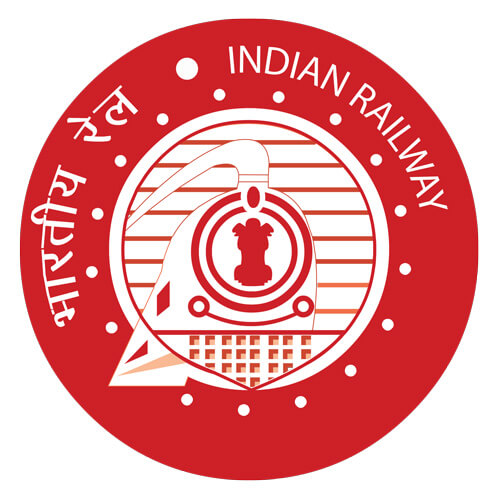When the Railways Minister announced a contribution of Rs. 10 crore for the establishment of a dedicated railways design wing at the National Institute of Design, Ahmedabad, there was a great sense of vindication among the design community. For the first time, the 2012-13 Rail Budget includes a nod towards the role that design can play in the rejuvenation of one of India’s most vital and important resources. It is likely that this provision is a direct outcome of the recommendations made by innovation expert Sam Pitroda to get the Indian Railways up to speed with its competitors around the world, particularly China. If implemented, this modernisation plan will cost the IR an estimated Rs. 5.6 lakh crore (INR 5.6 trillion) a good proportion of it from Public-Private-Partnerships.
In light of these recommendations, the current budget outlay has been pegged at the highest ever figure of Rs. 60,100 crore (INR 601 billion).When one thinks of the staggering sum of money this seems to be, 10 crores for any kind of design activity seems to be a rather paltry amount. As to what NID is supposed to do with the money apart from setting up a few desks and buying equipment, it is unclear: the only explanation provided in the report is that “NID to design appropriate outfits for various categories of workforce”.
Nowhere does this budget or for that matter, the plan for the National Rail Vikas Yojna (National Rail Modernisation Plan) lay down a mandate to design a better user experience, deal with waste management, improve safety, allow for inclusive design or create improved systems to manage freight. Far from it, no sum of money appears to have been set aside specifically to implement design. Once NID designs something for the railways – be it signage, disabled-friendly carriages, better ticketing systems, or heck, even a better website – where will the money come from to take these concepts from prototypes to products?
The Indian Railways already has a Research, Design and Standards Organisation (RSDO) based in Lucknow and IIT Kanpur runs a joint Railway Research Cell with RSDO. Will NID work with these organisations to bring design and technology closer together? How will these disparate groups achieve the singular objective to create a quality, trustworthy service for the railways?
In the absence of a vision and clearly outlined goals for centres such as this, the unscrupulous will find loopholes to exploit the investment. What we really need is a serious committment to design. Without it, simply having more trains, more routes or more stations will get the Indian Railways nowhere fast.
Note: In the time since this post went online, Business Standard published a story on the proposed centre. It’s available here.


2 comments
Gunjan says:
Apr 2, 2012
I do think you have raised some serious concerns about the topic.Euphoria has swept the design community with the new budget outlay, but this is a
mammoth of a project to deal with.
It demands more than a cosmetic hogwash, prototypes have to be scalable which may definitely need much more investment in future.It calls for research, bench marking, feasibility studies and creation of a all emcompassing plan to address major and micro issues.And to start with, the website would do with a design overhaul.
Shivakumar V says:
Nov 30, 2012
This exercise demands a design+technology steering committee that defines more than pilot like uniforms and paisley patterned upholstery. It is a brand/customer experience design that needs short term and long term goals across sub domains within rail travel. Hope something good comes of it.